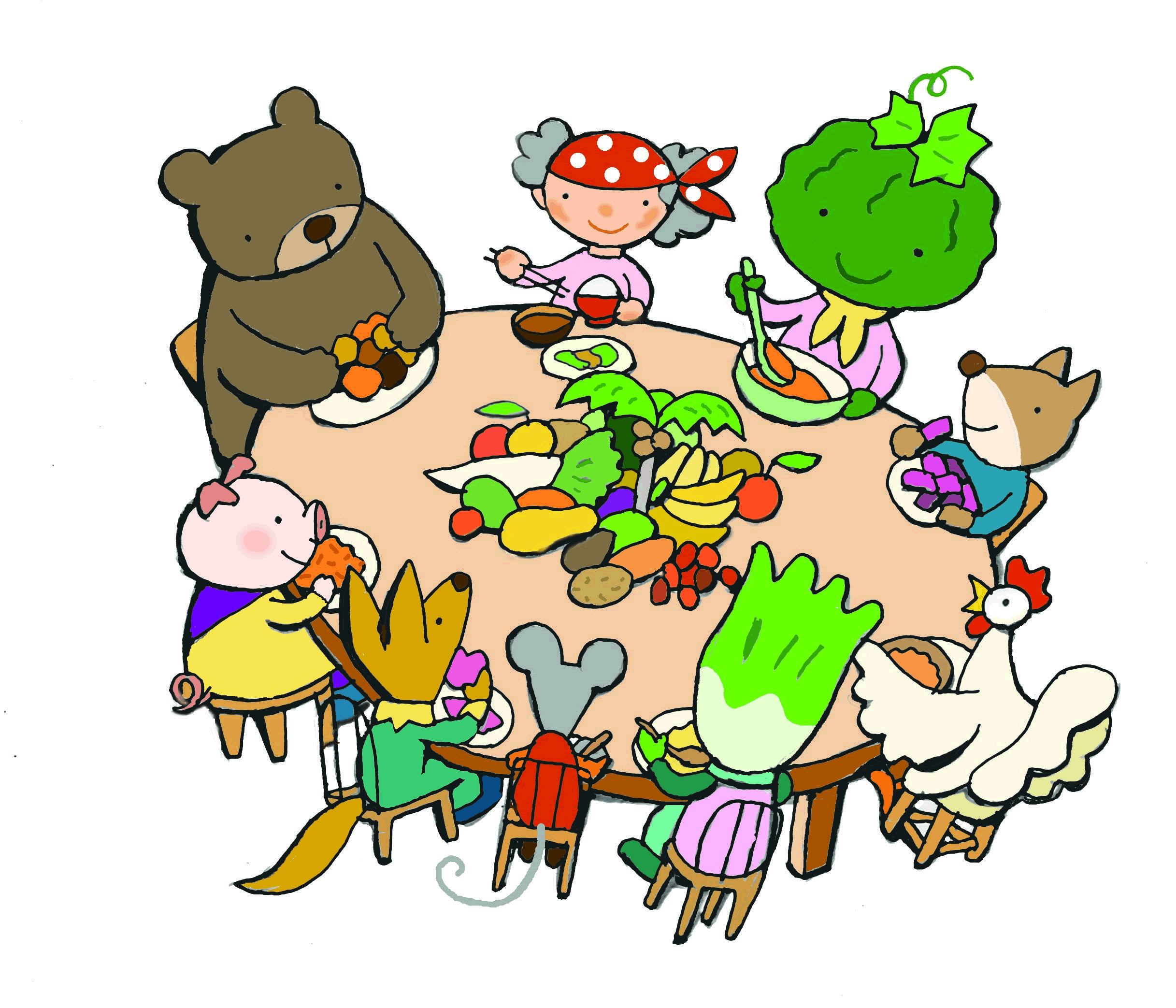CUJ and other groups held a joint seminar about food additives at Shufuren in Tokyo on February 28, 2012. Invited speaker Nakamura Mikio made a detailed presentation about the problems, with a focus on recent developments.
 Japan has recently been forced to permit some 70 new food additives that are used in the US and Europe, or face the usual trade related wrath of food exporting countries. That means 423 food additives are now allowed in Japan as of December 27, 2011. Some 350 food additives have been used for a long time, with very few ones approved since the late 1960s.
Japan has recently been forced to permit some 70 new food additives that are used in the US and Europe, or face the usual trade related wrath of food exporting countries. That means 423 food additives are now allowed in Japan as of December 27, 2011. Some 350 food additives have been used for a long time, with very few ones approved since the late 1960s.
Nakamura Mikio revealed that over 3 million tons of food additives are now used annually in Japan. That means each Japanese consumer on average eats about 25 kilograms of food additives each year.
The largest share is artificial flavouring and synthetic seasoning products, that amount to over 2.5 million tons. This includes the controversial class of additives that are loosely labelled as アミノ酸 など (amino acids etc.) in Japan. 107,000 tons of synthetic preservatives are used while colouring products add up to about 23,000 tons.
Azo colours, for example, were approved in December 1970, and were among the first products that Consumers Union of Japan campaigned against back in the 1970s!
What most people don’t realize is that over the past five years, a number of genetically modified food additives are permitted. They often fall under the “amino acids etc.” labelling requirement, thus consumers cannot easily avoid them. These include Amylase, Chymosin, and Riboflavin (Vitamin B2). Aspartame, the controversial artificial sweetener, is also made with biotechnology, and L-phenylanaline, L-glutamine, and other additives as well, with no labelling requirements. Here is information in English about food additives and GM microorganisms.
Nakamura Mikio noted that Japan no longer produces even one kilo of vitamins – all of it is imported. For example, China now produces 80-85% of the world supply of Vitamin C. He wondered if it really is OK that Japan does not have a single factory that can make such an important product.
The process to approve new food additives includes a way for consumers and the general public to send in comments. We encourage everyone to participate in this work. Consumers Union of Japan is also working for better food labelling to make sure that consumers can choose. We have a right to know what we are eating!
By Martin J. Frid, CUJ

